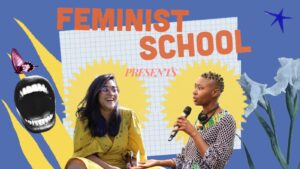I’ve been writing a book with BRAC and Gender at Work colleagues that looks back at work we did together 20 years ago. It’s not often that one has the privilege to go so far back down memory lane and explore ‘so what happened to you after you participated in that work?’
What is most amazing is that the 500 people we interviewed remembered – almost to a person and in considerable detail the workshops they participated in 20 years ago – what issues they wanted to work on, what happened as a result in their home lives and how they worked in BRAC. That in itself is amazing – can you remember a process you were part of 20 years ago?
They told us that it became much more possible for women and men staff to work professionally and respectfully together – women were not treated as capable of doing BRAC’s programmatic work. They told us that abusive behavior decreased, and staff policies about leave and working hours were circulated and actually put into practice.
But even more amazing was that when the program was taken out into Bangladeshi communities – over 2 million people have participated to date – rigorous evaluation showed that women’s and men’s attitudes and behavior to address gender equality issues like girls’ early marriage and exclusion from schooling, equal distribution of food in the household among family members, women and men both participating in decision-making about income. Equally important, the participating households had better results in improving their income, health and assets through BRAC programmes that were delivered simultaneously than when these programmes were delivered alone, or in control households.
The numbers and results we are documenting are surprising and worth circulating widely. They’re a large-scale example of how combining practical needs and strategic interests for women and men is a successful strategy in both dimensions. It provides irrefutable evidence for the potential of gender mainstreaming that incorporates a results orientation.
by RIEKY STUART



